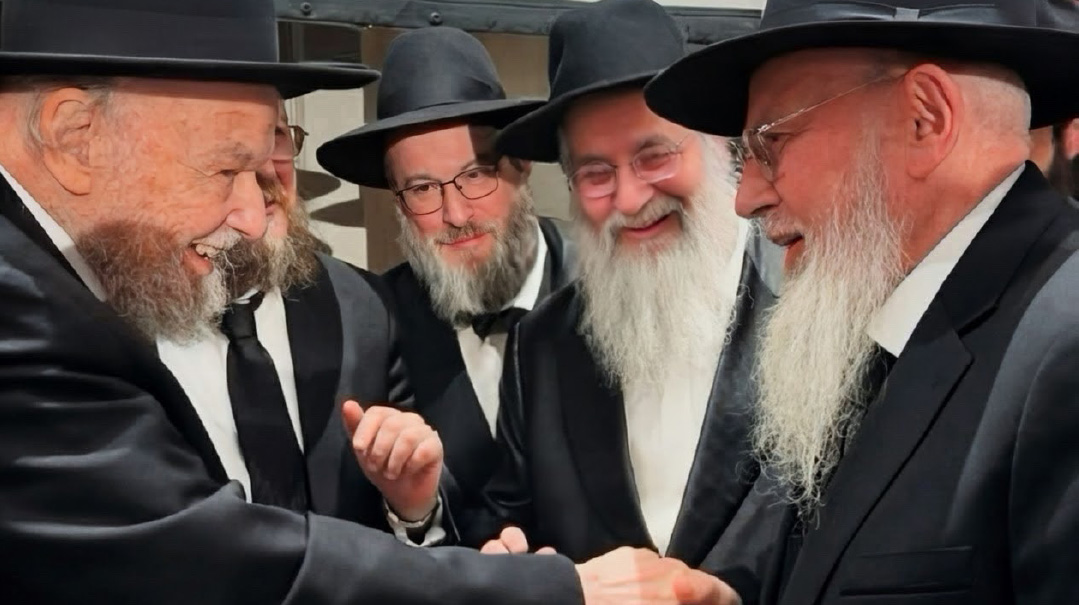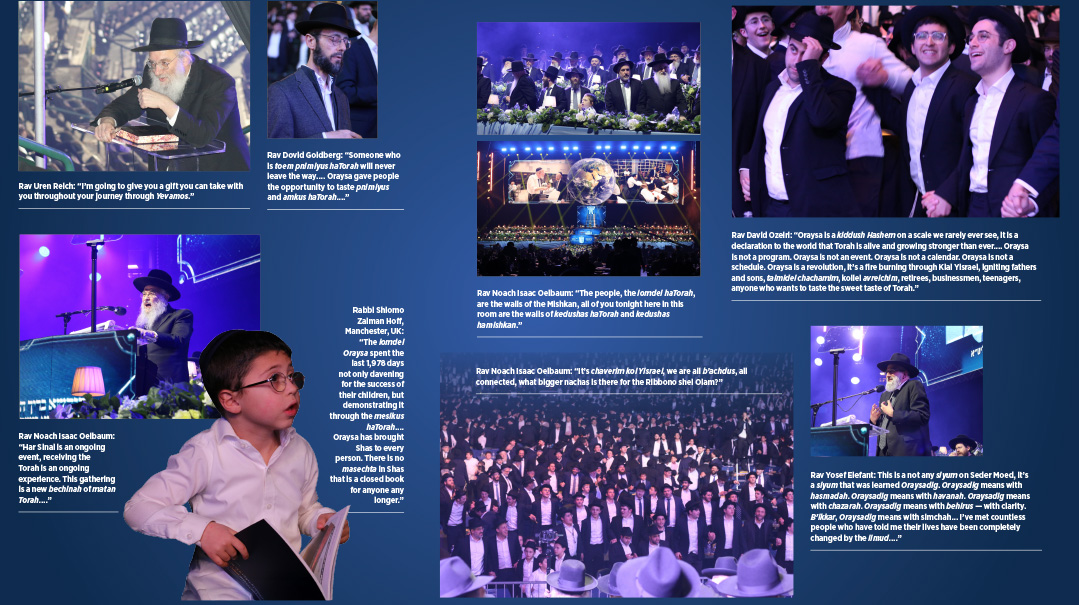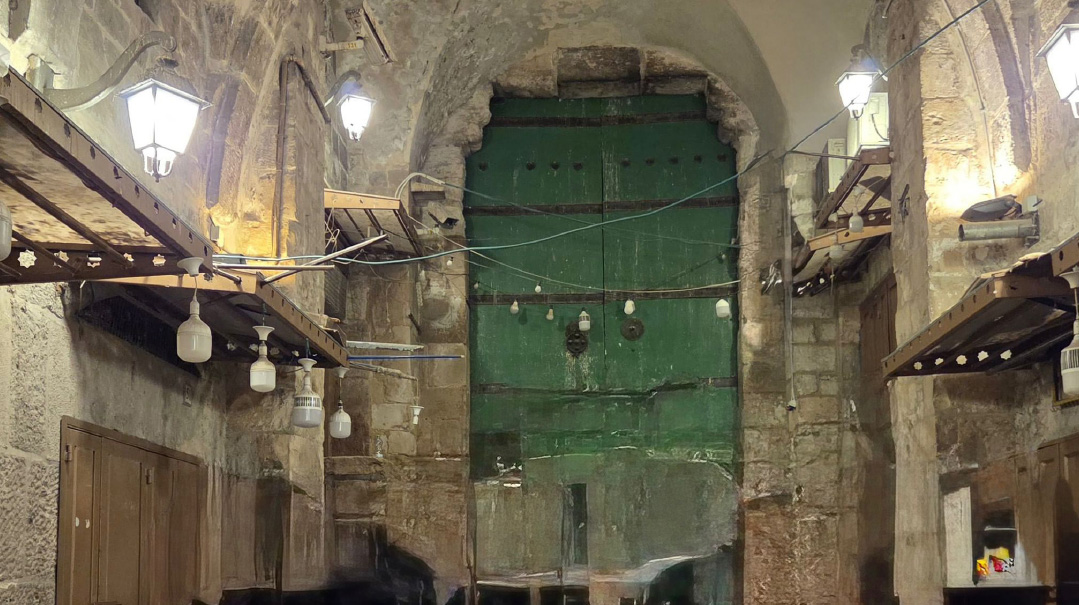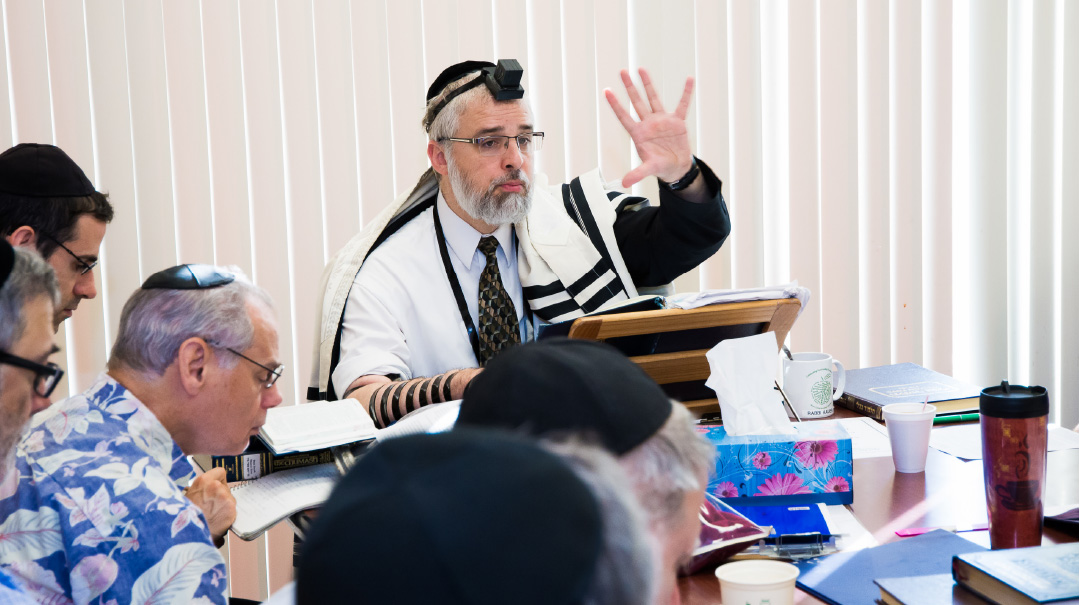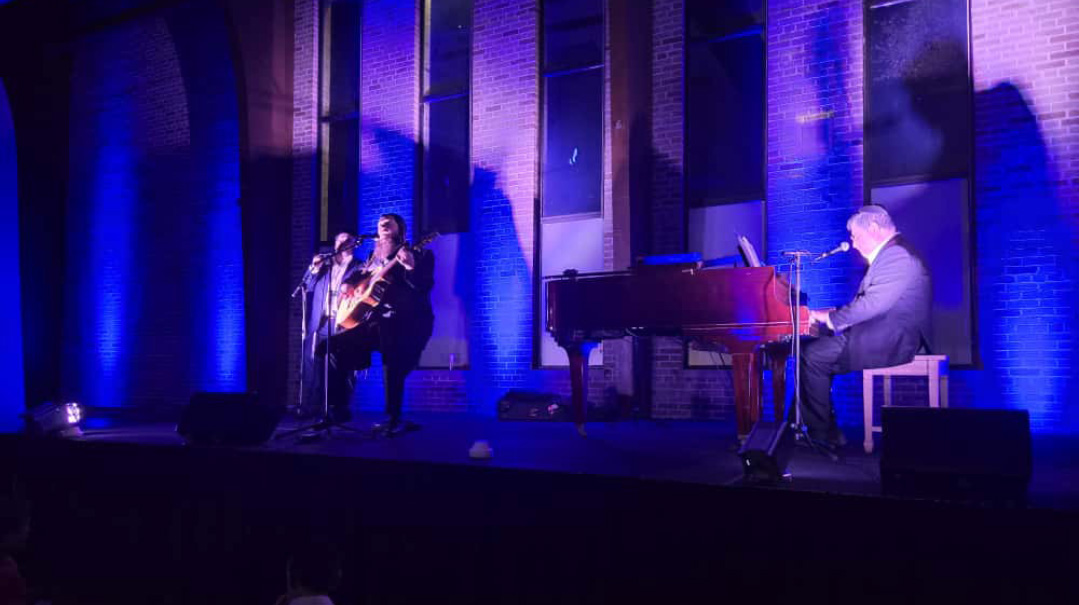The Moment: Issue 1027
| September 3, 2024This year, Dr. Katz decided to focus on truly fulfilling the mitzvah of “v’ahavtem es hager — and you shall love the convert”
Living Higher
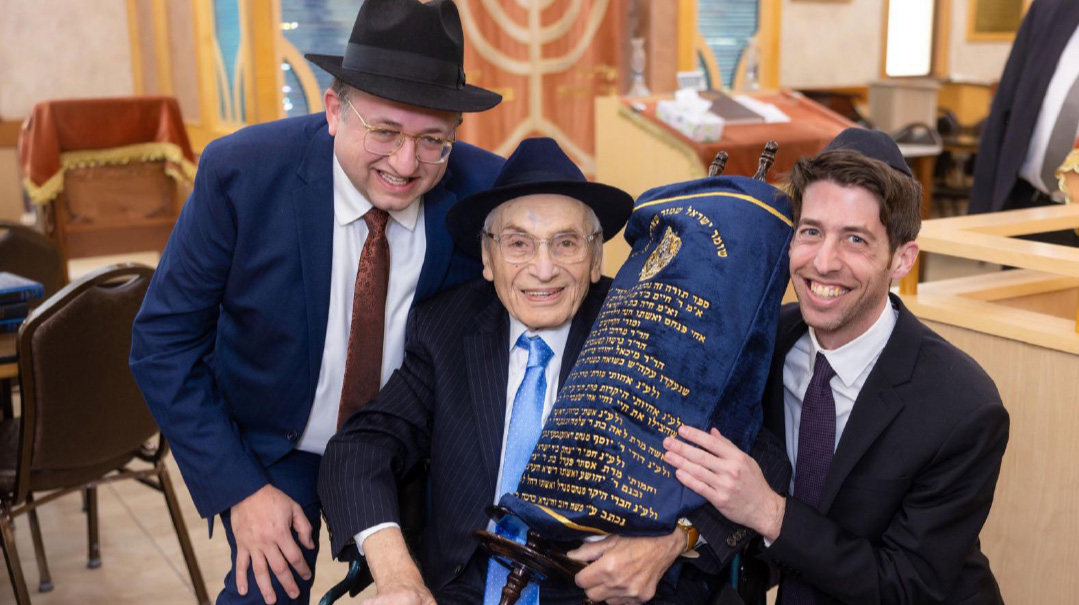
Dr. Moshe Katz is a well-known Holocaust educator and author of the book Nine Out of Ten, which tells the story of his family’s miraculous escape from the Nazis. The senior Dr. Katz has spent the past many decades dedicating himself to retelling his story as well as servicing the needs of the Jewish community, co-founding numerous Torah institutions, including Yeshiva Sh’or Yoshuv, TAG, Yeshiva of South Shore, and Agudath Israel of Long Island.
But his devotion to the public has not encroached on his commitment to individual growth. Dr. Katz maintains a “list” of mitzvos he hasn’t yet fulfilled and places single-minded focus on ensuring that they are. Two years ago, he set out to fulfill the mitzvah of kesivas sefer Torah, and scores of grandchildren came to celebrate its completion. But this year, Dr. Katz noted that a mitzvah he has never truly fulfilled is “ve’ahavtem es hager — and you shall love the convert.”
And so Dr. Katz set out on a tenacious campaign to locate a ger of whom he could be of service. He eventually was introduced to Aliza, a woman from Ohio who had converted to Judaism. Aliza became a frequent guest at the Katz home, coming for Shabbos and Yom Tov meals. When Aliza began dating a young man from Brooklyn, Dr. Katz had his grandchildren do the necessary research to ensure he would be a suitable fit for her.
In July, Aliza got engaged and Dr. Katz, of course, is actively involved in the upcoming wedding’s details.
And there, with Hashem’s help, he will dance at the simchah of a newly married couple — and a mitzvah he waited so many years to do will be fulfilled to its highest degree.
Happening in Baltimore
This past Shabbos was a watershed moment for two kehillos in Baltimore: Kehillas Derech Chaim, led by Rabbi Pinchas Gross, and Ner Tamid–Greenspring Valley Synagogue, led by Rabbi Yisroel Motzen.
For a decade, Kehillas Derech Chaim operated out of a side room in Ner Tamid’s building. The two kehillos align with divergent hashkafos, but throughout their landlord-tenant relationship, an intent focus on maintaining achdus overrode any difference in worldview.
But next week, Kehillas Derech Chaim will be moving into their own brand-new building. It was time to say goodbye. Each rabbi wrote a moving letter, expressing their gratitude for the invaluable contributions each made to the other.
Ner Tamid hosted a farewell kiddush in honor of Derech Chaim. Following Mussaf, Rabbi Gross led his kehillah to the Ner Tamid sanctuary. Rabbi Motzen delivered a powerful drashah, as did Rabbi Gross, with each reiterating their sense of gratitude to each other.
Rabbi Gross shared the story of how Rav Elyashiv once received medical treatment from an American, non-Jewish doctor. Following the procedure, Rav Elyashiv asked those near him how to say “todah” in English. It was important to him that he express the thanks himself.
“It is in line with this lesson,” said Rabbi Gross, “that we come here to thank you all in person.”
Derech Chaim means “way of life,” Ner Tamid means “everlasting flame.”
Through their way of life both kehillos succeeded in igniting a flame of unity that will shine for all eternity.
To Each His Own
V’sein chelkeinu b’Sorasecha — and give [us] our portion in Torah. It is explained that every Jew has his own portion in Torah; it is for this individualized chelek that we pray to realize.
And it was this message that Rabbi Avi Slansky, director of Rom V’Nisah, Camp Romimu’s mesivta program, sought to imbue in the campers. As part of its curriculum, Rom V’Nisah instituted a program called “Tamid B’chazara.” The title comes from the fac that the program’s limud was Maseches Tamid, and the boys were encouraged to review — chazer — constantly.
The boys took to the mantra earnestly, learning during the scheduled sedorim and reviewing during their break. At the summer’s end, the boys were able to make a siyum on a masechta that they not only learned, but mastered through their constant review. A celebration was held to which the entire camp was invited, but the mesayemim themselves came a half hour early.
And stopped short. Standing before them was a line of beautiful, identical shtenders. But upon inspection, it became clear that they were actually not identical. Each shtender had a different boy’s name engraved on it. Each boy took to his individualized shtender.
Where they stood, or sat, for an hour of uninterrupted learning.
And when the summer ended and it was time to go home, each boy brought along the shtender engraved with his name — through their commitment and diligence, they had acquired a portion in Torah to call their own.
(Originally featured in Mishpacha, Issue 1027)
Oops! We could not locate your form.

